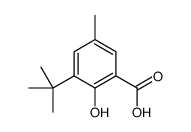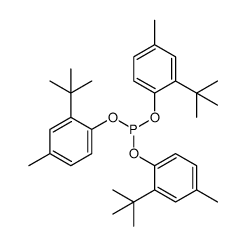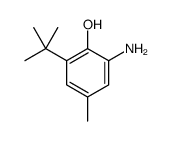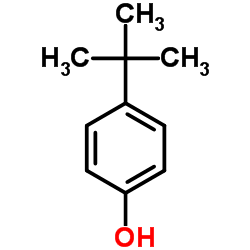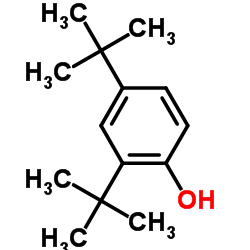2409-55-4
| Name | 2-tert-Butyl-4-methylphenol |
|---|---|
| Synonyms |
MONOBUTYL-P-CRESOL
4-Methyl-2,6-tert-butylphenol 2-tert-butyl-p-creso 2-tert-butyl-p-cresol Phenol, (1,1-dimethylethyl)-4-methyl- 2-Terc.butyl-p-kresol Phenol, 2- (1,1-dimethylethyl)-4-methyl- MBPC 2-T-BUTYL-P-CRESOL o-tert-Butyl-p-cresol 2-t-butyl-4-methylphenol MTBP MFCD00002381 RALOX 240 EINECS 219-314-6 Phenol, 2-(1,1-dimethylethyl)-4-methyl- p-Butylcresol 4-Methyl-2-(2-methyl-2-propanyl)phenol Lowinox MBPC 2-tert-butyl-4-methyl-1-hydroxybenzene 2-(tert-Butyl)-4-methylphenol 2-di-tert-butyl-4-methylphenol 2-tert-Butyl-4-methylphenol |
| Density | 1.0±0.1 g/cm3 |
|---|---|
| Boiling Point | 237.0±0.0 °C at 760 mmHg |
| Melting Point | 50-52 °C(lit.) |
| Molecular Formula | C11H16O |
| Molecular Weight | 164.244 |
| Flash Point | 100.0±0.0 °C |
| Exact Mass | 164.120117 |
| PSA | 20.23000 |
| LogP | 3.63 |
| Vapour Pressure | 0.0±0.5 mmHg at 25°C |
| Index of Refraction | 1.513 |
| Water Solubility | insoluble |
CHEMICAL IDENTIFICATION
HEALTH HAZARD DATAACUTE TOXICITY DATA
MUTATION DATA
|
| Symbol |


GHS05, GHS09 |
|---|---|
| Signal Word | Danger |
| Hazard Statements | H314-H411 |
| Precautionary Statements | P260-P280-P303 + P361 + P353-P304 + P340 + P310-P305 + P351 + P338 |
| Personal Protective Equipment | Eyeshields;Faceshields;full-face particle respirator type N100 (US);Gloves;respirator cartridge type N100 (US);type P1 (EN143) respirator filter;type P3 (EN 143) respirator cartridges |
| Hazard Codes | C:Corrosive;N:Dangerousfortheenvironment; |
| Risk Phrases | R34;R51/53 |
| Safety Phrases | S26-S36/37/39-S45-S61-S29 |
| RIDADR | UN 2430 8/PG 3 |
| WGK Germany | 2 |
| RTECS | GO7000000 |
| Packaging Group | III |
| Hazard Class | 8 |
| HS Code | 29071900 |
| Precursor 10 | |
|---|---|
| DownStream 10 | |
| HS Code | 2907199090 |
|---|---|
| Summary | 2907199090 other monophenols VAT:17.0% Tax rebate rate:9.0% Supervision conditions:none MFN tariff:5.5% General tariff:30.0% |


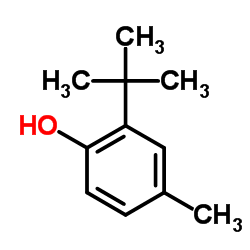
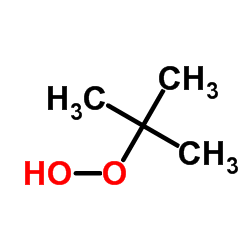

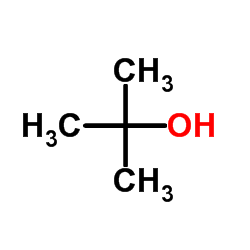


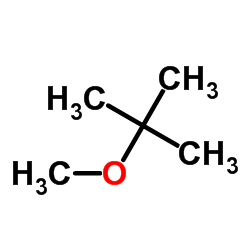

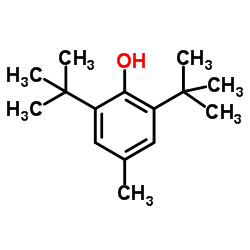
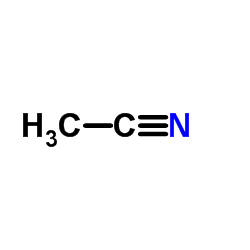


![2-tert-butyl-6-[(dimethylamino)methyl]-4-methylphenol structure](https://image.chemsrc.com/caspic/225/4142-59-0.png)
